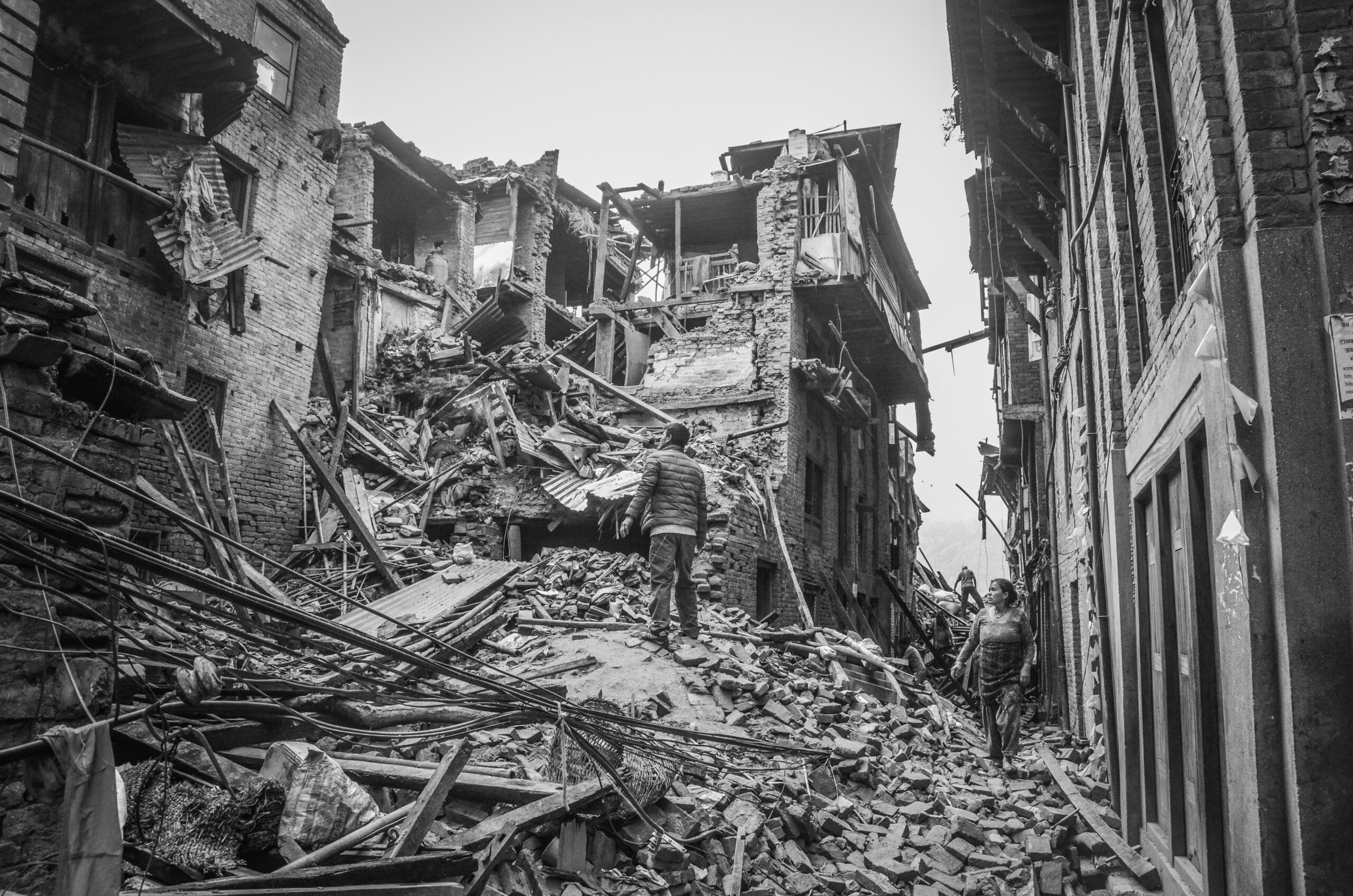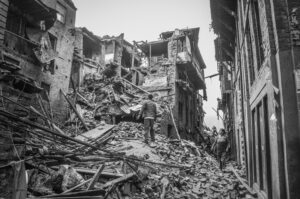WHAT IS AN EARTHQUAKE
An earthquake is a sudden and violent shaking of the ground, often caused by the movement of tectonic plates beneath the Earth’s surface. While the phenomenon itself is centuries old, our understanding of it has evolved over time.
2. Causes of Earthquakes
The primary cause of earth-quakes is the movement of Earth’s tectonic plates. These plates, which make up the Earth’s crust, are constantly shifting, and when they interact, stress builds up and is eventually released in the form of seismic energy.
3. Types of Seismic Waves
Seismic waves are the energy waves that radiate from the earth-quake’s source. They include primary waves (P-waves), secondary waves (S-waves), and surface waves, each with distinct properties and effects.
4. Measuring Earthquakes
Scientists use scales like the Richter Scale and the Moment Magnitude Scale to measure the size and magnitude of earth-quakes. These scales help us understand the energy released during an earth-quake event.
5. Effects of Earthquakes
Earthquakes can have a wide range of effects, from mild ground shaking to destructive surface ruptures, landslides, and even the generation of tsunamis. Understanding these effects is crucial for disaster preparedness.
6. Historical Earthquakes
Throughout history, earth-quakes have shaped civilizations and left their mark on culture and geography. Notable earth-quakes like the 1906 San Francisco earthquake and the 2011 Tohoku earth-quake serve as reminders of their profound impact.
7. Earthquake Preparedness
Being prepared for an earth-quake is essential for personal and community safety. Creating an emergency plan, retrofitting buildings, and maintaining an emergency supply kit are critical steps in earth-quake preparedness.
8. Earthquake Early Warning Systems
Some regions with high seismic activity have implemented earth-quake early warning systems. These systems provide advance notice before strong shaking arrives, allowing people to take cover and mitigate damage.
9. Mitigating Earthquake Risks
Long-term strategies for mitigating earth-quake risks include urban planning and zoning to minimize exposure to seismic hazards. Education and awareness campaigns also play a significant role in preparing communities for potential earth-quakes.
Implement zoning regulations that restrict construction in high-risk areas or require engineering measures to mitigate earth-quake risks. Avoid building critical infrastructure in seismically hazardous locations.
Infrastructure Resilience:
Strengthen essential infrastructure, such as bridges, dams, and power plants, to withstand earth-quake forces. A well-maintained infrastructure is essential for post-earthquake recovery.
Seismic Hazard Assessment:
Continuously monitor and assess seismic hazards in the region to update building codes and land-use planning accordingly. Knowledge of local fault lines and seismic activity is crucial.
Public Education:
Conduct public education campaigns to inform residents about earth-quake risks, safety measures, and evacuation plans. This can help people make informed decisions during an earth-quake.
Insurance and Financial Planning:
Encourage individuals and businesses to obtain earth-quake insurance and develop financial plans to cope with potential losses. This can facilitate recovery after an earth-quake.
Community Resilience:
Build strong, connected communities that can support each other in the event of an earth-quake. Encourage community-based disaster preparedness and response initiatives.
Research and Innovation:
Invest in earth-quake research to better understand seismic hazards and develop new technologies and materials for earth-quake-resistant construction.
Government Coordination:
Ensure coordination among government agencies, emergency services, and local authorities to respond effectively to earth-quake events.
International Cooperation:
Collaborate with neighboring countries on earthquake preparedness and response, especially in regions prone to large earthquakes.
Mitigating earth-quake risks is an ongoing process that requires collaboration between governments, communities, scientists, engineers, and individuals. It involves both proactive measures to reduce vulnerabilities and effective response plans to minimize the impact when an earth-quake occurs.
Conclusion
Earthquakes are a natural part of the Earth’s dynamic processes, and understanding them is essential for our safety and resilience. By comprehending the causes, effects, and preparedness measures associated with earth-quakes, we can better protect ourselves and our communities from their potentially devastating impact.



